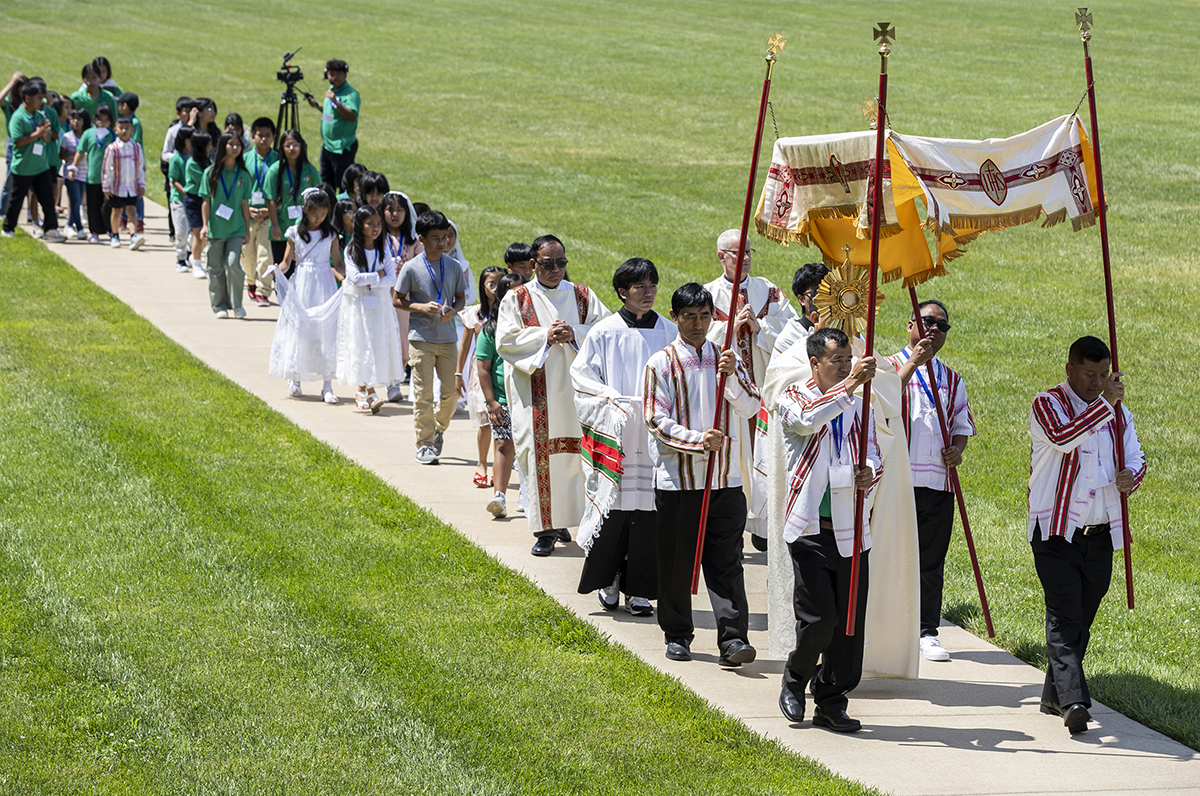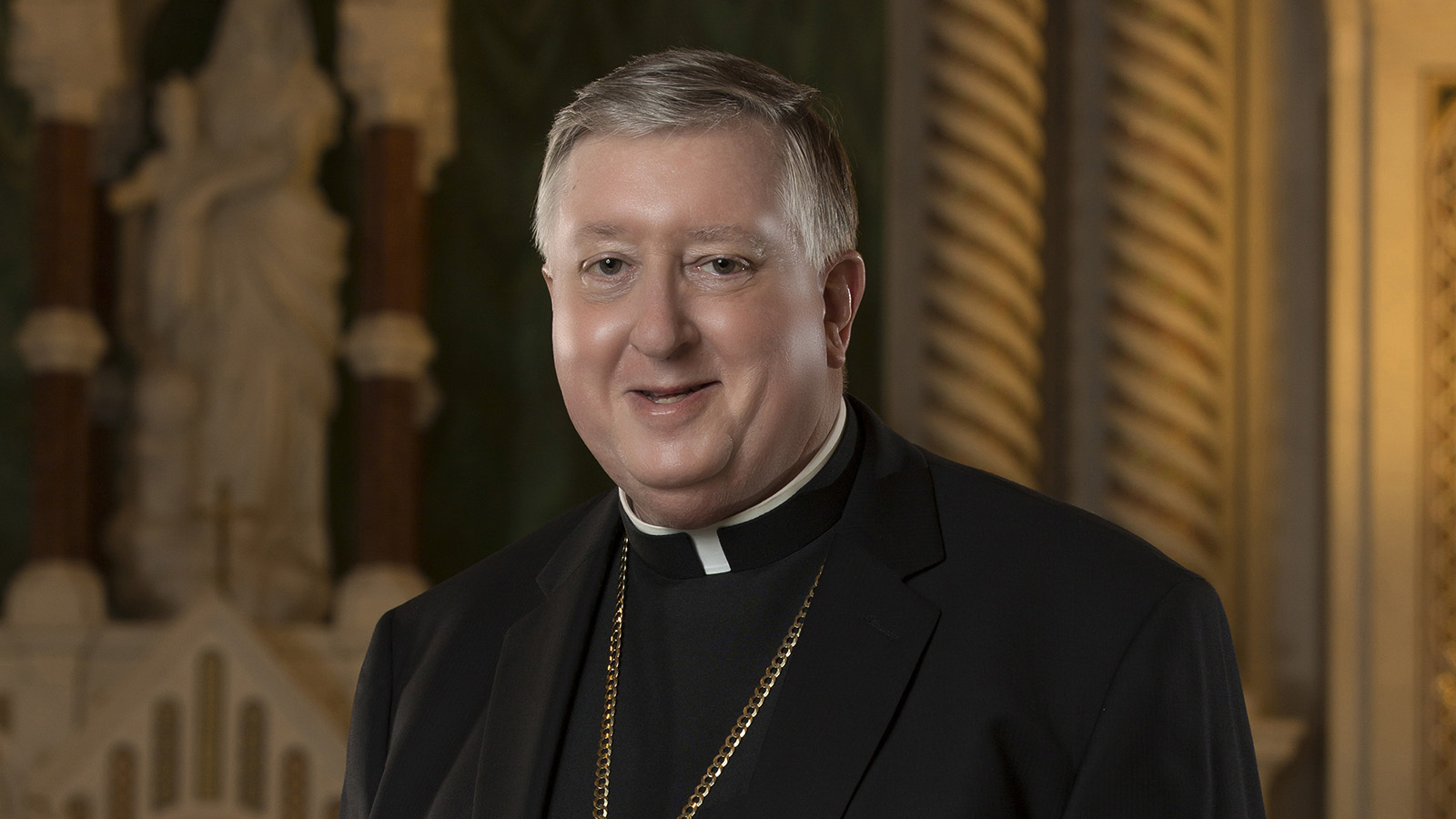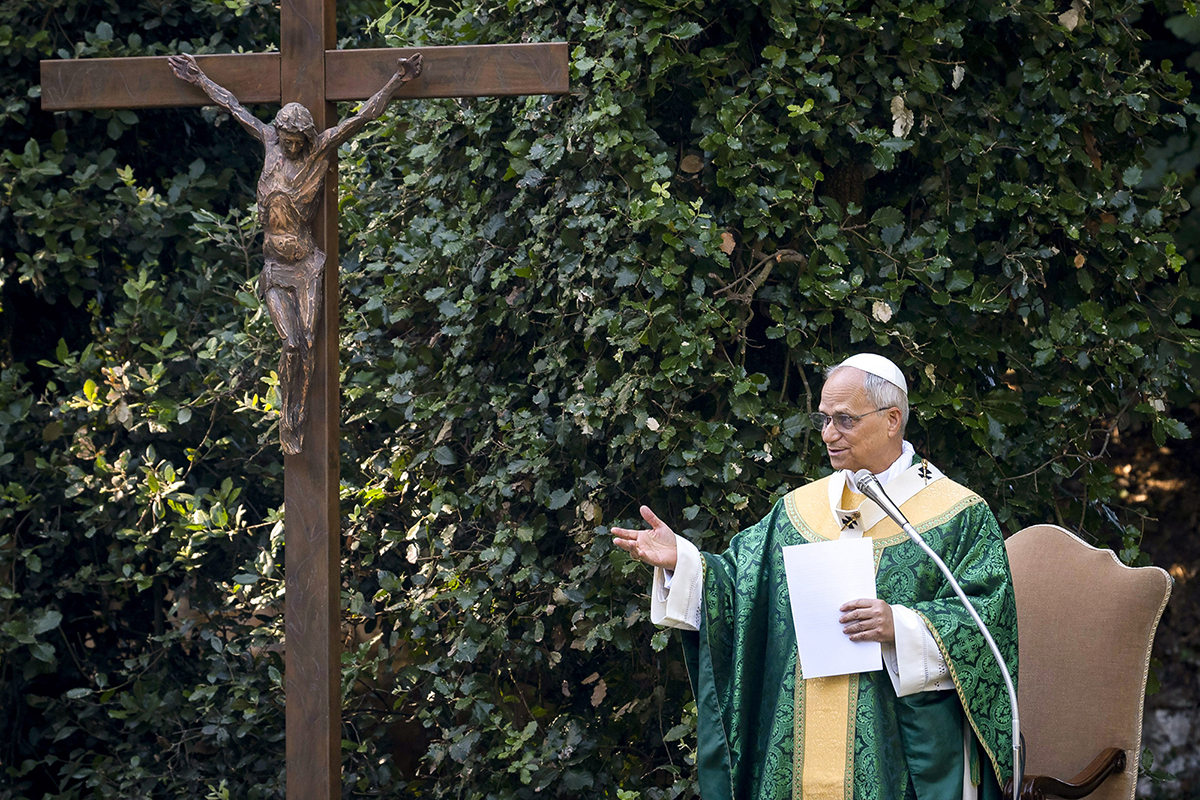DEAR FATHER | Preparing to receive Communion starts at home
How should I receive Holy Communion?

Preparing to receive Jesus’ Body and Blood starts at home — well before Mass. The Church teaches that Catholics should abstain from food or drink, except water, for one hour prior to receiving Communion. As we long for a drink or something to munch on while waiting for Mass, we should be reminded of our spiritual hunger to receive Jesus into our souls.
Our preparation continues at church, where we spend a few minutes in silent prayer, asking the Lord for what we truly hunger and to open our souls to the riches He offers in the Eucharist. Attentive listening to the prayers and readings opens us even more to what He wants us to receive.
Then comes the moment the ministers distribute Communion. A line forms — but it is more just a line. It is the Communion procession, symbolizing our journey back to the arms of our Lord at the end of our lives.
Just before receiving Communion, the Church instructs us to bow in recognition that we are about to receive God into our souls. This may be as the person directly in front of you is receiving Communion or just before you go forward to receive.
As we approach the minister of Communion we prepare to receive the Blessed Sacrament — the consecrated host. The minister proclaims “The Body of Christ,” to which we respond “amen” (meaning “I believe”). Those who receive Communion directly on the tongue should hold their head straight, open their mouth, and extend their tongue slightly so the minister can easily place the host. Those who receive on the hand should place one hand over the other, palms up. After accepting the Body of Christ, step to the side to consume the host. It is entirely the decision of the communicant whether to accept the Eucharist in the hand or on the tongue.
To receive the Blood of Christ, step to the chalice and the minister will present the chalice to you, saying, “The Blood of Christ.” After saying, “amen,” take the chalice, receive a sip of the Blood of Christ, and then hand the chalice back to the minister.
Non-Catholics or Catholics not disposed to receive Communion may come forward for a blessing by a priest or deacon by crossing your arms over your chest. This is a posture of adoration before the Lord and an indication of readiness to serve Him.
After receiving Communion, communicants should return to their seat and prayerfully reflect on being a living Tabernacle. Jesus dwells inside in a powerful way. Singing the Communion hymn is a great way to help reflect on this reality or just spending time in private prayer.
This column appeared in a previous edition of the Review.
Father Mayo is pastor of St. Raphael the Archangel Parish in south St. Louis.





